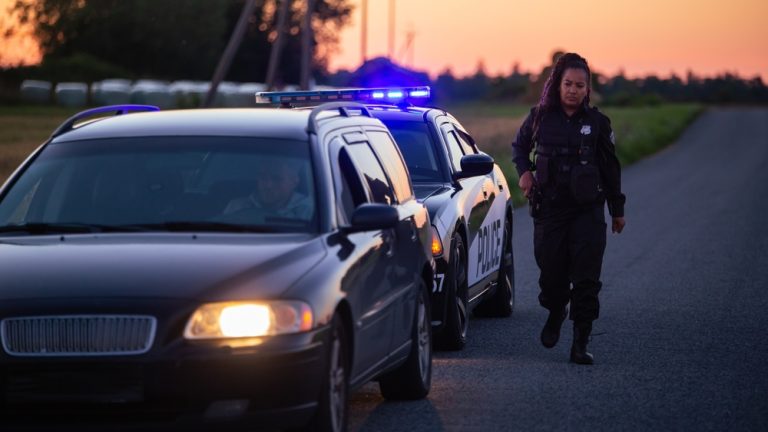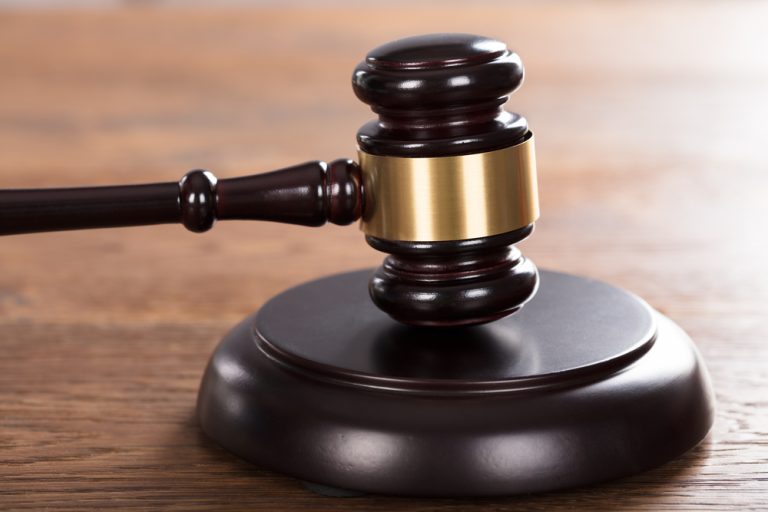A Look Back at the Transitory Foreign Substance Statute
A Look Back at the Transitory Foreign Substance Statute
On July 1, 2010, the law governing transitory foreign substance cases shifted dramatically after section 768.0710, Florida Statutes was supplanted by section 768.0755. The update in the law was seen as a win for premises owners as it shifted the burden of proof completely to plaintiffs to prove that a business establishment had actual or constructive knowledge of a dangerous condition and should have taken action to remedy it. It has been a little over 12 years since the change in the law was enacted and a study of the verdicts in transitory foreign substance cases over that time show that the initial optimism about the law being more favorable to premises owners was accurate.
A verdict search for judgments in all transitory foreign substance cases in Florida from July 2, 2010 to August of 2022 resulted in 28 relevant published verdicts. Analysis of the results showed that plaintiff’s verdicts were rendered in only three of those cases[1]. This statistic alone may allow premises owners all over Florida to breathe a sigh of relief. Understanding how section 768.0755 has been applied in these cases is useful for developing persuasive Motion for Summary Judgment arguments.
Notice of a transitory foreign substance is typically the most difficult aspect of the plaintiff’s case and should be challenged, if possible, in a motion for summary judgment.
ln transitory foreign substance cases, actual knowledge is typically the most difficult area for plaintiffs to prove. ln the three cases where a plaintiff’s verdict was rendered, the plaintiffs were able to show defendants had some actual knowledge of the alleged substance. Plaintiffs in a majority of the remaining 25 cases made constructive knowledge arguments. According to section 768.0755, constructive knowledge may be proven by circumstantial evidence showing that:
(a) The dangerous condition existed for such a length of time that, in the exercise of ordinary care, the business establishment should have known of the condition; or
(b) The condition occurred with regularity and was therefore foreseeable.[2]
Often plaintiffs fall into an “inference stacking pithole” to establish constructive knowledge in their cases. Over the years, Florida courts have made it very clear that it is impermissible for plaintiffs to attempt to prove causation by stacking inferences.[3]
Eleven of the 28 post 2010-cases resulted in summary judgment granted in favor of defendants. This finding supports the idea that premises owners have a greater chance of disposing of their transitory foreign substance case without even having to go to trial. Identifying whether the plaintiff is attempting to prove their claim by stacking inferences is an important first step in determining whether the premises owner has grounds to file a Motion for Summary Judgment.
A perfect example of this is found in Francella v. Furman’s, lnc..[4] The court granted defendant’s Motion for Summary Judgment after finding that the record was devoid of direct evidence of a transitory substance on the floor of a restroom. The summary judgment evidence was not sufficient to establish the inference that plaintiff’s pants, which he had noticed were wet after being transported to a hospital following the fall, were wet because of the alleged transitory substance to the exclusion of all other inferences. Showing that a plaintiff’s claim is supported by an assumption rather than actual knowledge or direct evidence is one of the most successful arguments made by defendants when moving for summary judgment.
Another area to pursue when attempting to overcome plaintiff’s claims of constructive knowledge is to determine whether the alleged hazard occurred with such frequency that it would have been foreseeable to the premises owner. ln Holloway-Ramos vs. Life Care Centers of America, lnc.,[5] defendants argued against plaintiff’s claims that a transitory foreign substance was frequent and foreseeable by pointing to testimony of its human resources director that all employees are trained to cleanup spills immediately and that in her 17 years, she could not recall the occurrence of a slip and fall incident. Providing evidence that the circumstances surrounding the incident were out of the norm for the establishment is an effective way to dispute plaintiff’s claims that the incident was foreseeable. While it may not be an argument available in all cases, the use of testimony from a corporate representative is a promising tactic to utilize when pursuing this defense.
Comparing the time the incident took place to the amount of time the substance was on the floor is another persuasive argument for premises owners to make in when seeking summary judgment. ln Archambault v. Phase Three Star LLC,[6] the court concluded that water on the floor for less than four minutes was insufficient to satisfy the statutory requirement that the alleged dangerous condition had to exist for such a length of time that, in the exercise of ordinary care, the defendant should have known of the condition before constructive knowledge could be imputed. Utilizing surveillance footage and witness testimony to pin down the amount of time the liquid was on the floor is an effective way to dispute imputations of constructive knowledge.
Overall, the change in the law governing transitory foreign substance cases has had a positive impact for defendants and premises owners. Understanding the supporting case law and knowing what arguments to make to dispose of the case before trial are keys to saving your client time and money.
EDITOR’S NOTE: Since 2010, Florida law has imposed a requirement that plaintiffs in slip-and fall cases demonstrate a business had actual or constructive knowledge of a transitory foreign substance allegedly causing the slip-and-fall. The requirement was favorable to premises owners, who previously had to defend these cases without a knowledge requirement. In particular, defendants have been able to resolve cases through motions for summary judgment that were not previously available.
This article was originally published in vol. 41, no. 3 of the Trial Advocate, published by the Florida Defense Lawyers Association and is included here with permission.
[1] Morales v. Walgreen Co., JVR No. 1808150023, 2018 WL 3940844 (FIa. 11th Jud. Cir. April 18, 2018); Noguera v. Colonial Grocery Plaza, Corp.d/b/a Bravo Supermarket, No. 1 5 FJVR 5-25, 2015 WL 2152747 , (Fla. 9th Jud. Cir. Jan. 26, 2015); Webster v. Wal-Mart Stores East, LP, No. 20 FJVR 5-8, 2020WL 2465919 (Fla. 7th Jud. Cir. Jan. 15, 2020).
[2] Florida Statute 768.0755(1)(a-b), Fla. Stat.
[3] See Howard v. MMMG,299 So. 3d 40, 42 (Fla.4th DCA 2020) (“Summary judgment may be granted based on impermissible inference stacking”)(quotation omitted); Santa Lucia v. LeVine, 198 So. 3d 803, 809 (Fla. 2d DCA 2016) (a plaintiff must prove causation without an impermissible stacking of inferences); McCarthy v. Broward College, 164 So. 3d 78, 82 (Fla. 4th DCA 2015) (affirming summary judgment in slip and fall case where plaintiff’s theory was based on impermissible inference stacking); Shariz v. Miulli, 127 So. 3d 613, 6180 (Fla.2d DCA 2013) (“the plaintiff must establish causation without an impermissible stacking of inferences”).
[4] Francella v. Furman’s, lnc. D/B/A Burger King, 22 FJVR 4-27.
[5] Holloway-Ramos v. Life Care Centers of America, lnc., d/b/a Life Care Center of Orange Park, 17 FJVR 3-9.
[6] Archambault v. Phase Three Star LLC, d/b/a Hardee’s Restaurant, 19 FJVR 2-1 (2018).








